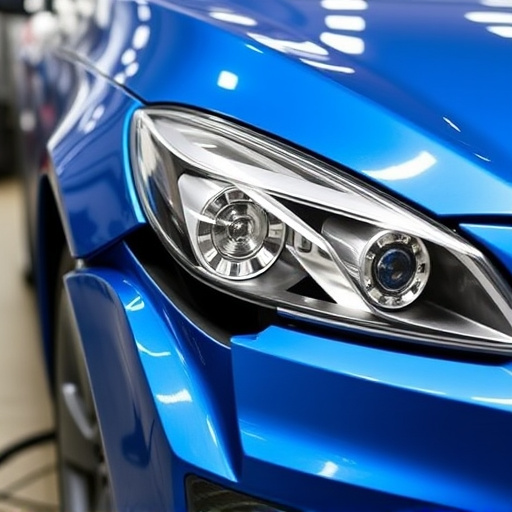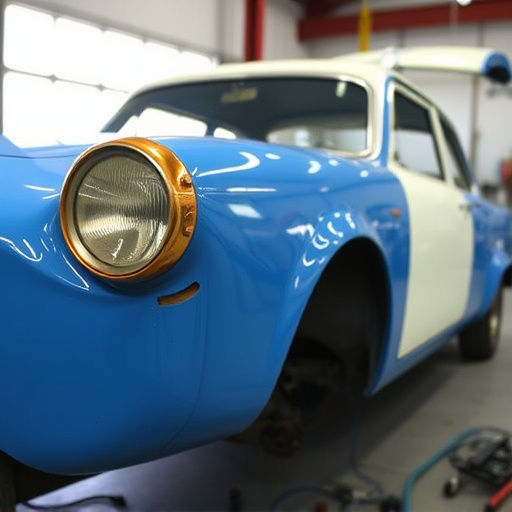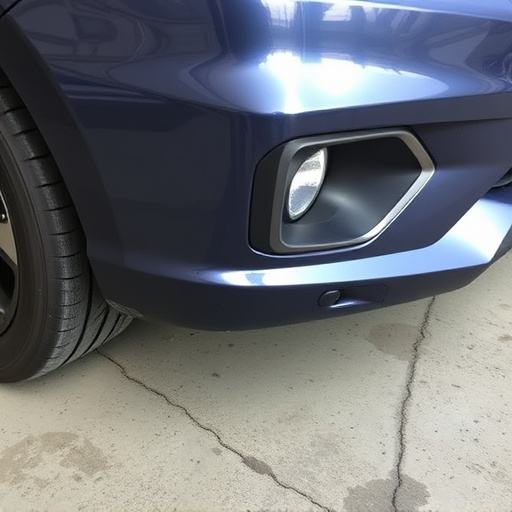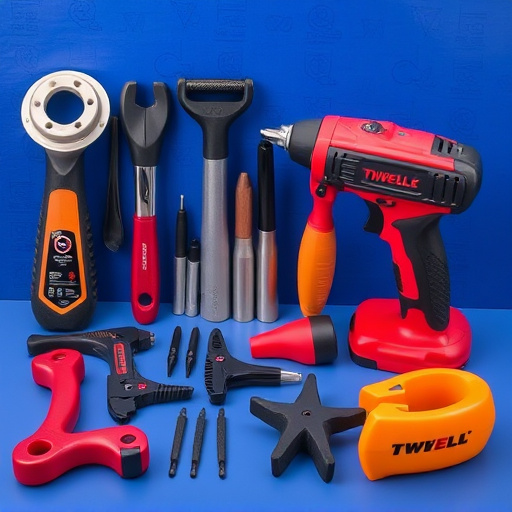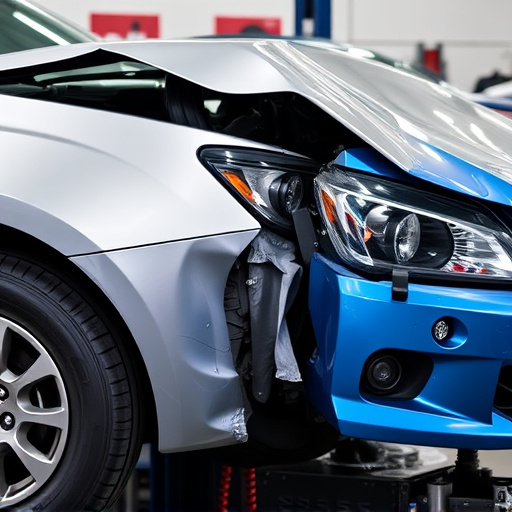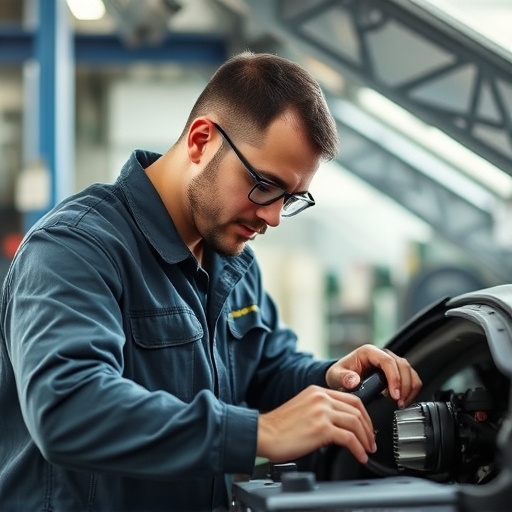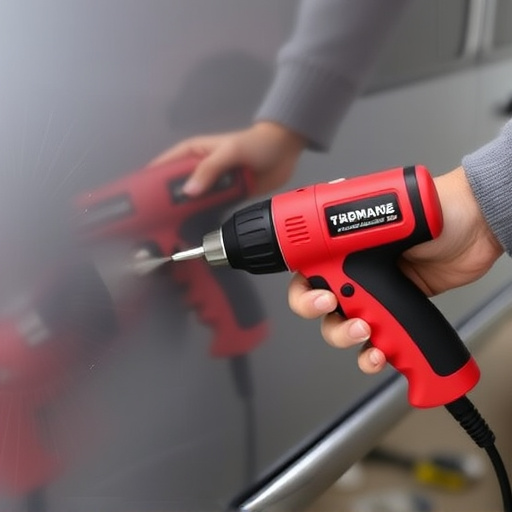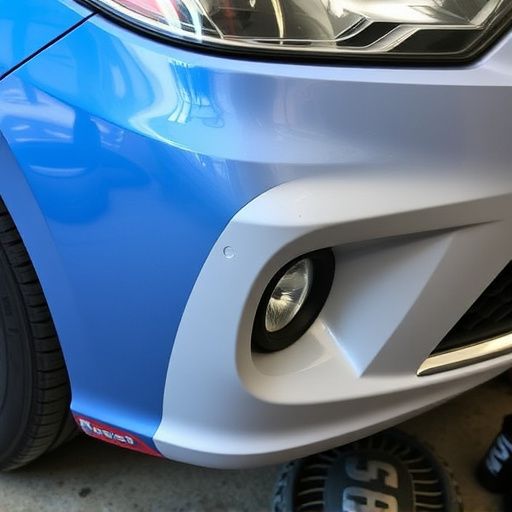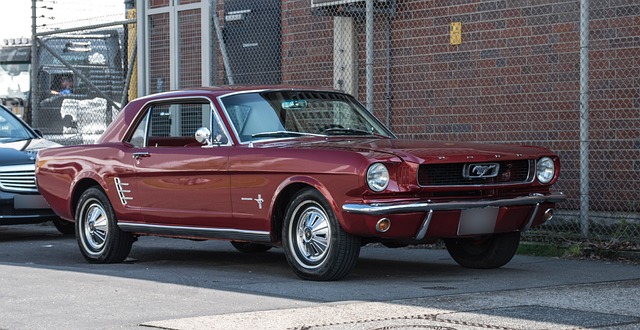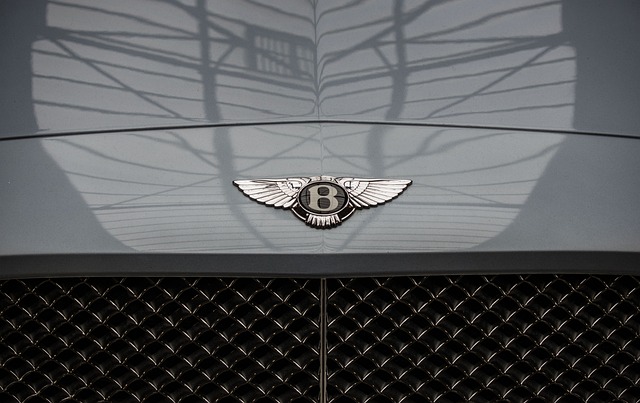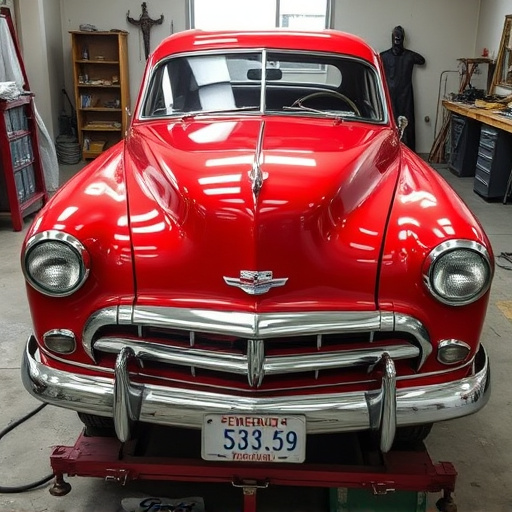Tesla's Ultrasonic Sensor System, vital for autonomous driving and enhanced safety, requires regular inspection and maintenance. While robust, debris or damage to protective covers can impact detection accuracy. DIY Tesla ultrasonic sensor cover replacement is accessible, but proper alignment and car dent repair are crucial for optimal performance. Post-replacement, meticulous panel gap inspection ensures even distribution and smooth transitions between the sensor cover and surrounding panels, maintaining vehicle safety and sensor efficiency.
Looking to refresh your Tesla’s safety features? This guide covers the essential process of Tesla ultrasonic sensor cover replacement and panel gap inspection. Ultrasonic sensors play a critical role in autonomous driving, parking assistance, and collision avoidance—keeping you safe on the road. Common issues like cracks, debris buildup, or malfunctioning sensors can be addressed with this straightforward DIY approach. By following our step-by-step instructions, you’ll ensure optimal sensor performance and peace of mind.
- Understanding Tesla's Ultrasonic Sensor System and Common Issues
- Step-by-Step Guide: Replacing the Ultrasonic Sensor Cover
- Panel Gap Inspection: Ensuring Optimal Performance After Replacement
Understanding Tesla's Ultrasonic Sensor System and Common Issues
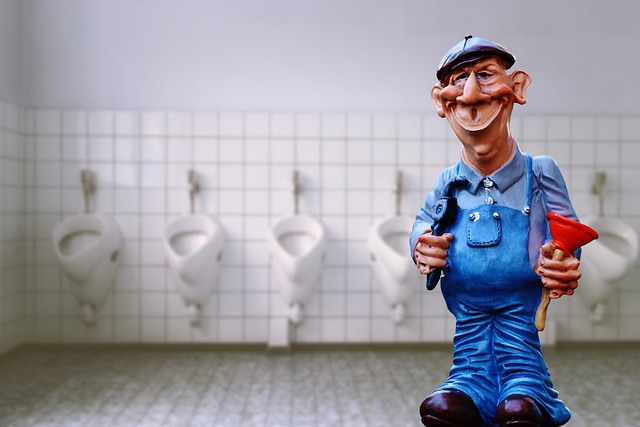
Tesla’s Ultrasonic Sensor System is a cutting-edge technology designed to enhance safety and autonomous driving capabilities. It relies on a network of sensors that use ultrasonic waves to detect objects around the vehicle, providing crucial data for features like parking assist and automatic emergency braking. The system is comprised of multiple sensors strategically placed on the exterior of the car, each protected by a specialized cover. These covers are often made from durable materials to withstand various environmental conditions while ensuring the sensors remain functional.
While Tesla’s ultrasonic sensor system is robust, it’s not immune to issues. Common problems include sensor malfunctions due to debris or damage to the protective covers, leading to inaccurate readings or even failure to detect objects. Timely inspection is key to maintaining optimal performance, and regular car dent repair or dent removal can be part of this process. During an inspection, it’s important to look for any signs of dents, cracks, or debris accumulation around the sensors, as these could impact their effectiveness. Prompt car paint repair if necessary ensures not only cosmetic enhancement but also maintains the overall health and functionality of Tesla’s advanced safety features.
Step-by-Step Guide: Replacing the Ultrasonic Sensor Cover
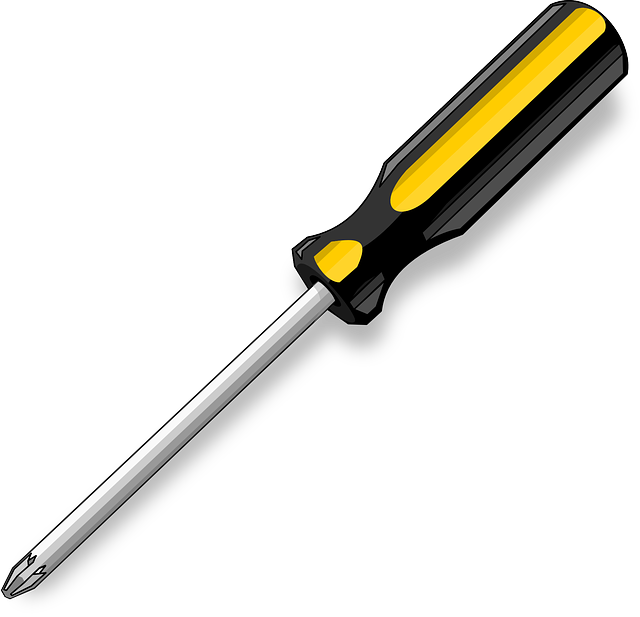
Replacing the Tesla ultrasonic sensor cover is a straightforward process that can be accomplished with some basic tools and a few simple steps. Begin by locating the ultrasonic sensors along the vehicle’s frame, typically found near the front and rear bumpers. Next, using a suitable tool, carefully remove the old sensor cover without damaging the surrounding components. This step requires precision to ensure the new cover fits seamlessly.
Once the old cover is off, inspect the area for any damage or misalignments. If there’s been a frame straightening process or auto glass repair, it’s crucial to ensure the new cover aligns perfectly. With the sensors exposed, carefully install the replacement cover, ensuring all edges are flush and secure. This involves aligning the cover accurately and fastening it in place with the provided hardware.
Panel Gap Inspection: Ensuring Optimal Performance After Replacement

After successfully carrying out a Tesla ultrasonic sensor cover replacement, proper panel gap inspection is paramount to ensure optimal performance of the newly installed component. This involves meticulously examining the gaps between the sensor cover and the surrounding car panels, ensuring there are no visible irregularities or misalignments. Any deviations from the standard fit could indicate issues with the replacement itself or potential dent removal and repair that may have occurred previously.
A thorough panel gap inspection includes checking for proper alignment of all edges, smooth transitions without any bumps or creases, and even distribution of gaps across the entire surface. If discrepancies are found, addressing them promptly through expert car repair services or a collision repair center is crucial to maintain the safety and efficiency of the vehicle’s ultrasonic sensor system.
Upgrading your Tesla with a new ultrasonic sensor cover and conducting thorough panel gap inspection is a straightforward process that can significantly enhance vehicle safety and performance. By following these steps, you ensure that your Tesla’s sensors are adequately protected and calibrated for optimal detection. Remember, regular maintenance of these critical components can prevent common issues and keep your electric vehicle running smoothly in all conditions. For any Tesla owner looking to maximize their car’s capabilities, a simple sensor cover replacement and panel gap inspection is an essential step not to be overlooked.
